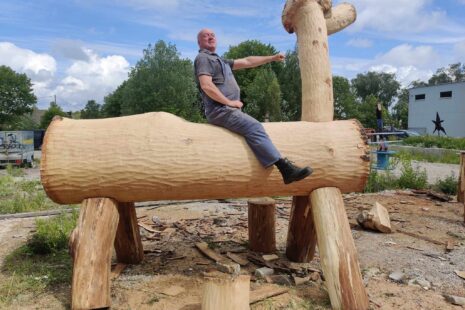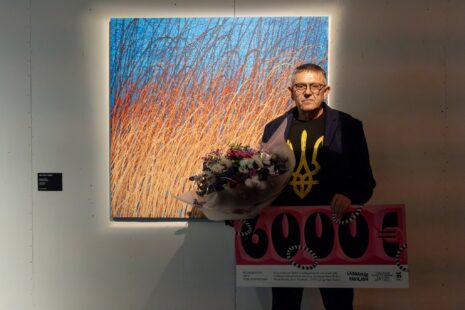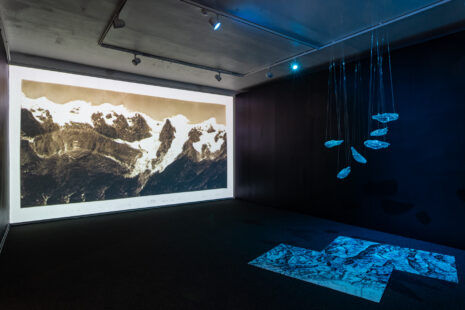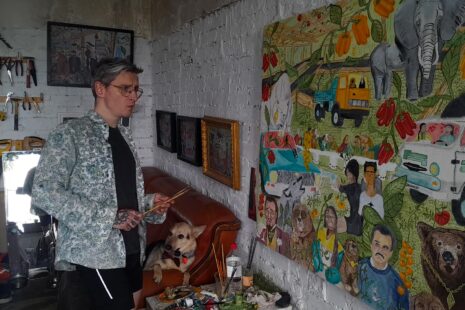The first podcast is a recording of the presentation by Indrė Lelevičiūte, the Museum Communications Manager of the MO Museum.
MO Museum is one of the most significant contemporary art museums in Vilnius. It all started as a personal initiative of Lithuanian scientists and philanthropists, passioned art lovers Danguolė and Viktoras Butkus. In 2008 they began to assemble an art collection, Indrė Lelevičiūtė, Communications Manager of MO Museum, explained at the NOBA Art Mapping seminar held in Vilnius. “They aimed to preserve the never seen artworks that were created behind the iron curtain and were not part of the collections of national museums,” she said.
By now, the MO Museum’s collection is one of the largest private art collections in Lithuania, consisting of more than 6000 works of modern and contemporary Lithuanian art dating from the 1960s to this day. In 2011 the collection was officially recognised as “national significance.”
The outstanding building of MO Museum, designed by renowned architect Daniel Libeskind, has turned into a contemporary art hub in Vilnius. This is confirmed by the fact that in 2021, after being completely closed for almost 3 months and later operating with restrictions, MO Museum attracted more than 90,000 museum visitors, nearly 400,000 virtual visitors and more than 12,000 schoolchildren who took part in the educational activities that took place during only half of the year.
During her 45 minute presentation at the NOBA Art Mapping seminar, Indrė Lelevičiūtė talked about the establishment of the museum and its collection and how the museum has changed throughout the years. She also shed some light on the opening events from years ago, what activities are catching the audience nowadays, and how a private non-profitable museum is funded. Lelevičiūtė also looked at sustainability and museums’ opportunities to act more in that spirit.
Listen to the presentation by Indrė Lelevičiūtė in SoundCloud.
Dig deeper: Interview with Director of MO Museum, Milda Ivanauskienė








